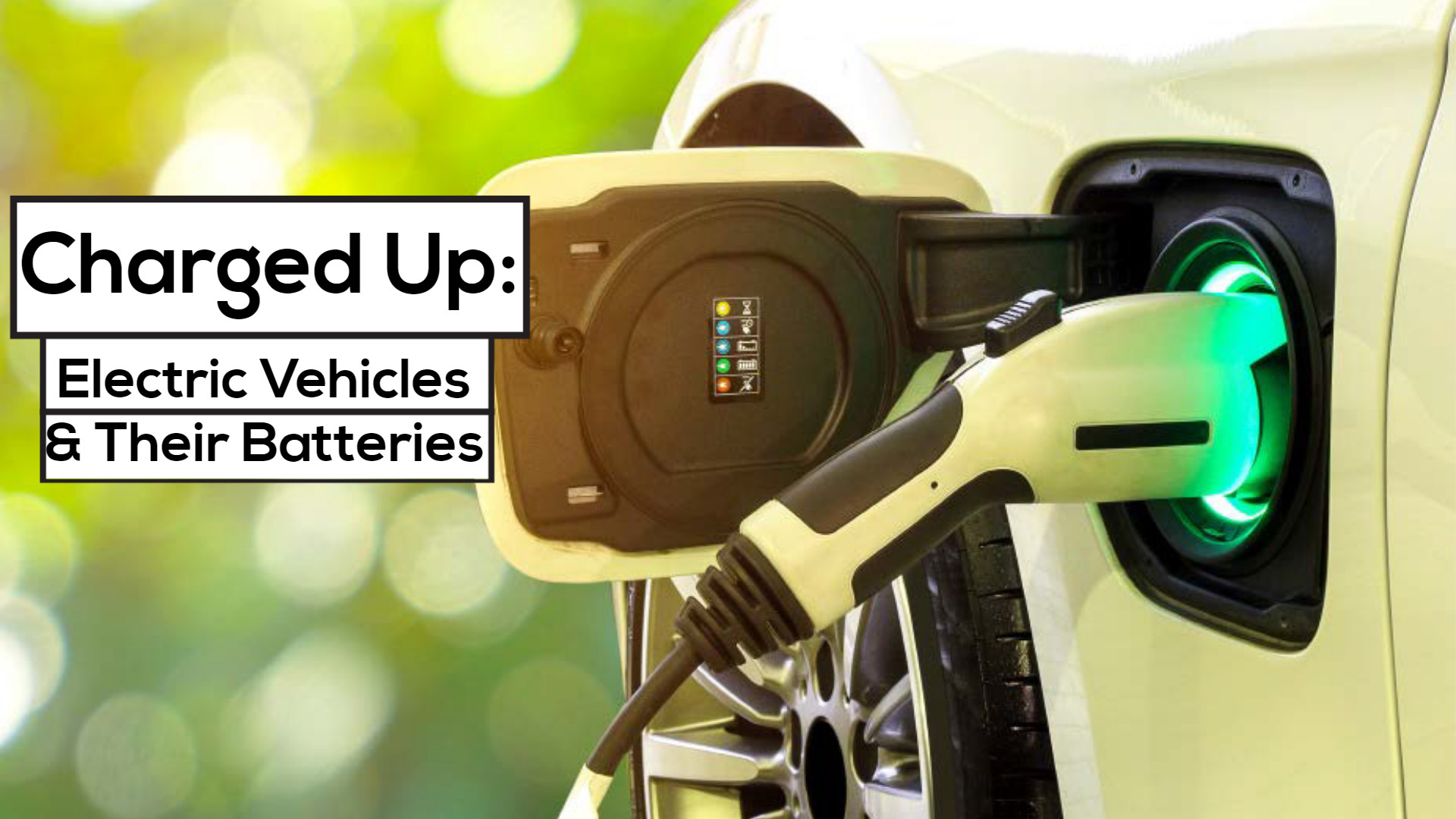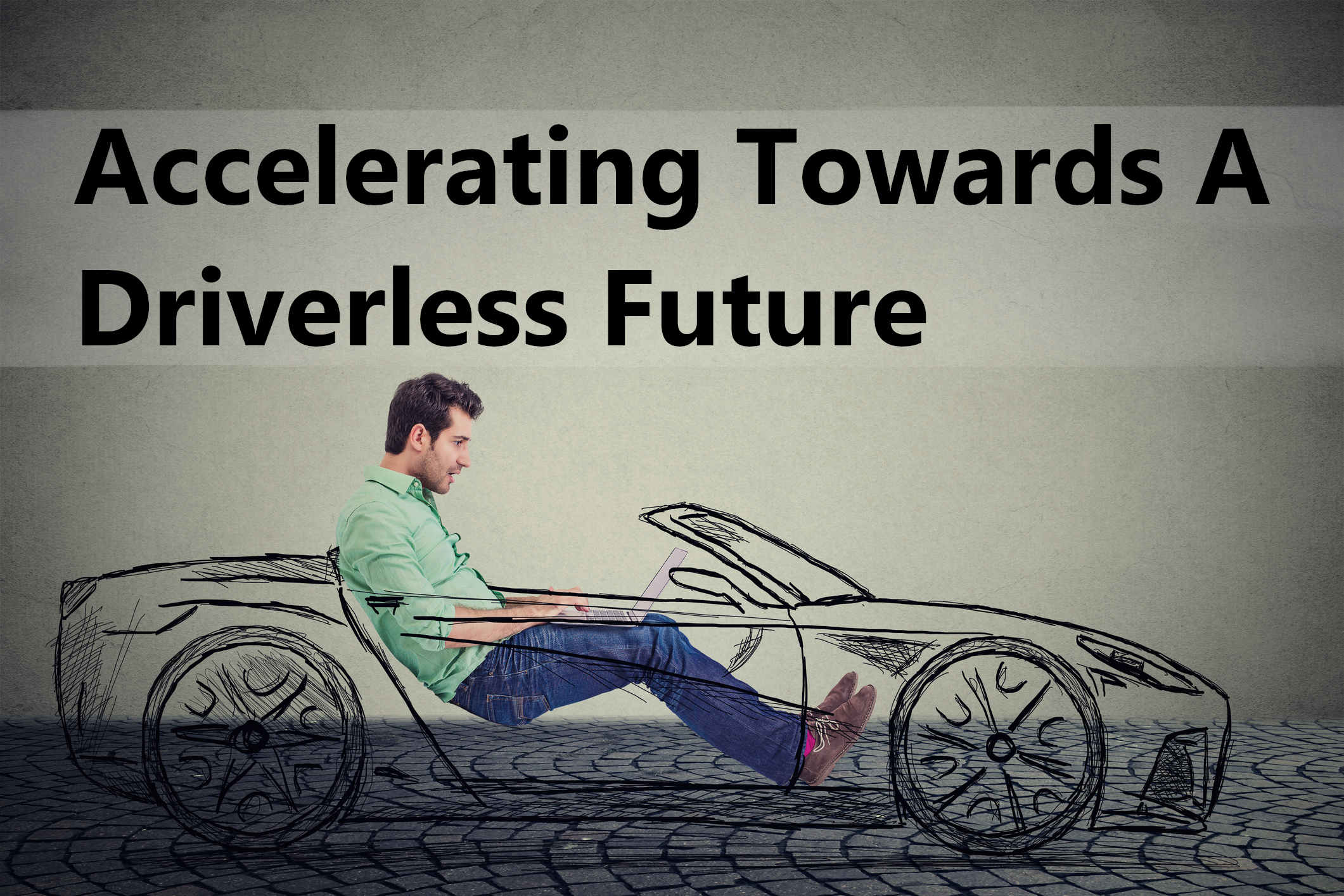
Charged Up: Electric Vehicles & Their Batteries
We’re all aware by now that the number of electric vehicles (EVs) is expected to soar in the next few years. It’s an exciting development, providing a feasible opportunity to limit the damage done to the Earth. There are 2.5m on the roads around the world now – this is expected to rise to between 40m and 70m by 2025.
One of the key criticisms levelled at electric vehicles until this point has been their respective ranges. This has led to many companies exploring new battery technology and squeezing every ounce of efficiency from existing technology.
The Last Petrol Stations
The number of electric vehicles on UK roads is still quite low, making up just 2% of new cars sold in 2018 so far. There are now approximately 137,000 plug-in-cars and 5,200 plug-in vans on UK roads. EVs are set to become the vehicle of choice for the environmentally conscious over the next 20 years or so. What will happen to all the petrol stations?
Well, the number of petrol stations has been steadily declining as vehicles have become more fuel efficient- the necessity of a petrol station has been dwindling. In the UK, the number of stations has fallen by 80% since 1970, despite the usage of fuel rising 75%
A concern for petrol stations as we wean ourselves from fossil fuels and electric vehicles become more efficient, is will they still be necessary? A possible solution would be to diversify what types of refuelling infrastructure is physically present at the station. By adding EV charging stations, traditional petrol stations could stay relevant going forward.
The oil giants are beginning to adapt. So far, some high-profile acquisitions by the likes of BP, Shell and Total, purchasing EV technology development and charging companies show the extent of progress. Moves like this show a willingness to adapt to changing times, but there’s been no product released yet.
Charging
The commonly held view of electric vehicles is that they can only be charged at home or work – which is fairly typical of the current situation with charging. There
are also sporadic charging points throughout existing service stations around the UK. The conception is that this is very time consuming compared to the ultra-fast process of filling up a conventional car.
Interestingly, charging times for electric vehicles are coming down as new and faster-supercharging stations and better batteries are developed. For example, Tesla’s Supercharger stations can deliver an 80% charge in 30 minutes – which should be enough for most journeys
Obviously, batteries are key to the success of EVs. In order to delve into what lies ahead for battery technology, we have to know where we’re at now.
Where The Batteries Are Now
Most modern batteries are lithium-ion. Since it burst onto the scene in the 1990s, it’s been proven to be adequate for our purposes, whether that be powering the latest Tesla or the latest smartphone; lithium-ion has reigned supreme.
The world is moving too fast for the lithium-ion battery. As our demand for energy continually increases, the way we store that power keeps coming into question.
A key reason consumers opt not to get an EV is a phenomenon called ‘range anxiety’. This is basically being worried about the range of EVs and the availability of charging stations on a long drive. Lithium-ion batteries in EVs now are at the cutting edge of what is possible – and they have been incrementally improved over the years, but they’re often only a few percents better.
To continue technological development at current rates, a much better battery is needed that can store more energy, be charged quicker, have a longer lifespan and be safe to use. You can start seeing the difficulties faced by those trying to come up with the next leap forward in battery technology.
Battery Technology Going Forward
Technology firms around the world are working hard to create the next battery. One of the issues being faced is there isn’t a consensus on what
lines of enquiry to explore. We’ve chosen to focus on those potential new batteries that are most widely known.
Solid-State
One avenue being explored is solid state batteries. These batteries eliminate the need for a liquid reaction and are therefore safer by being
composed of solid conductive materials that can be used for automotive applications.
They could also be completely charged in just seven minutes, a vast improvement for the electric vehicle market. Manufacturers claim that the solid-state battery is the next game changer for the future growth of the EV market, even being referred to as the ‘holy grail’ of battery technology. Toyota aims to make them commercially viable and in electric cars by 2022.
Supercapacitors
Work with supercapacitors is being seen as a potential replacement for what we know as a ‘battery’ now. Their potential advantages over batteries are they have very long life cycles, so won’t need replacing as often. A crucial benefit is their ability to discharge their energy quickly meaning they could charge an EV much faster. Supercapacitors main drawback (and the reason a lot of work is being done on them) is that they aren’t able to hold a charge well.
What It Means For Insurance
Staying in the know with technological developments lets underwriters consistently rate risks more accurately. If for instance, the next generation of in-car batteries proves safer than existing lithium-ion batteries, it could affect premiums as well.
Another practical consideration for insurance companies is the cost of batteries and how this could affect the cost to repair the electric vehicle. Insurance
companies will have to ask themselves if the battery can be repaired or does it need to be replaced in its entirety? The cost of the battery is currently disproportionate to the repair or replacement of other parts of an electric vehicle, which could affect the cost of insurance going forward.
A key consideration when it comes to claims is the limited local skills to work on the vehicles and the cost of specialist labour. Skilled technicians and specialist tools and equipment are required to ensure the safe repair of an electric vehicle, which could also affect the average repair cost.
As the world moves towards renewable energy as part of efforts to reduce our impact on the environment, the new risks that might arise from their use need to be suitably controlled and insurers need to make sure their voices are heard.
MotorTradeProtect
Interested in finding out more information about keeping your organisation safe, then check out another of our blog posts for more information on The Digital Do’s & Don’ts To Encourage Vehicle Sales within in your motor trade business.
For more tips and tricks on all things Motor Trade follow us on Facebook, Twitter & LinkedIn. Or for any enquires regarding a current or future insurance policy visit our website or give us a call on 0800 877 8277
 |  |  |
This article originally appeared on Allianz






